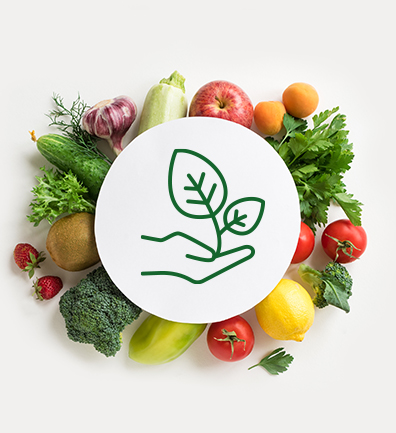Clean label: a global macrotrend with multiple meanings.
We define clean label as short, simple and authentic ingredient lists; products that feature “low in” or “free-from” claims, organic products, and those that use minimal processing.
Consumers often struggle with quantifying the concept. According to Mintel*, "Clean and Simple" can be interpreted in many ways and is often misunderstood by consumers. It comprises different attributes such as natural, free-from claims, but also transparency about the origin of ingredients and the way they are produced.
*Mintel 2019_ What "clean" means for companies and consumers









